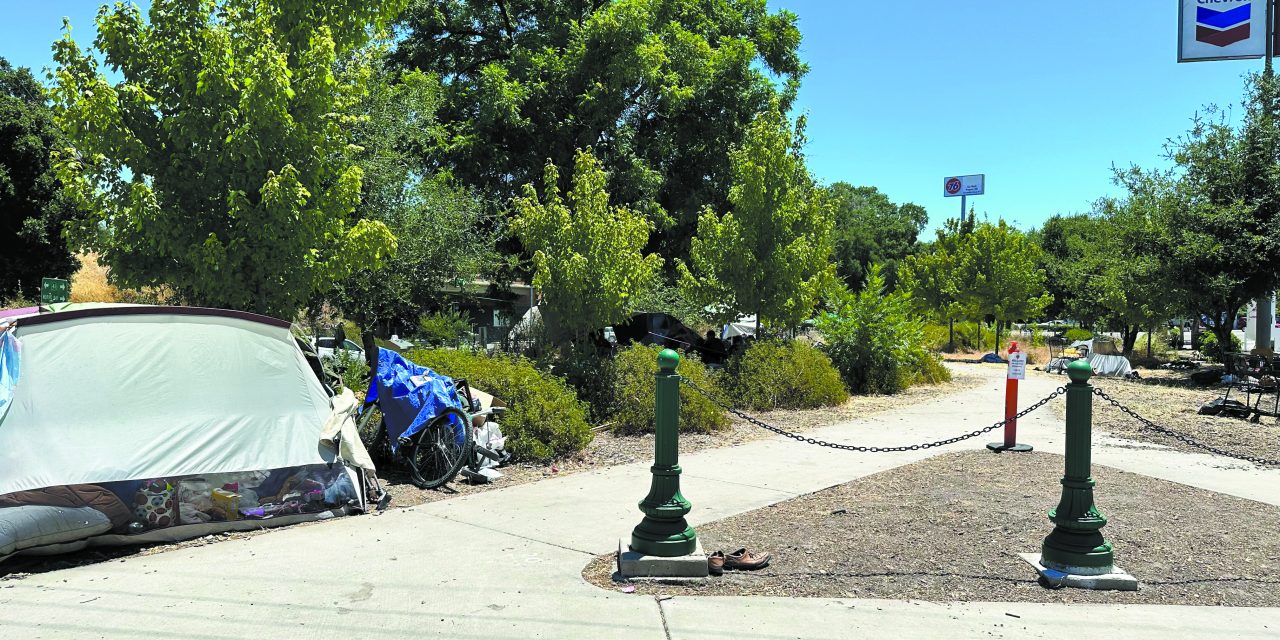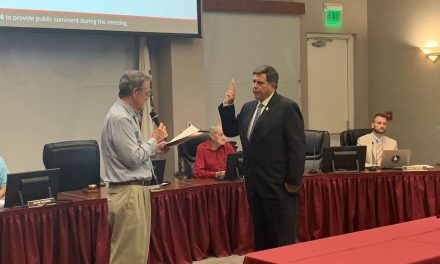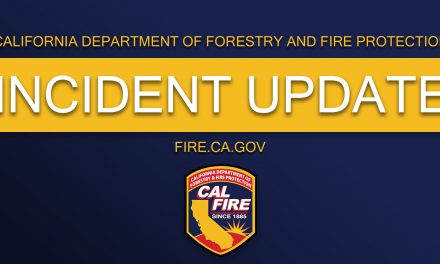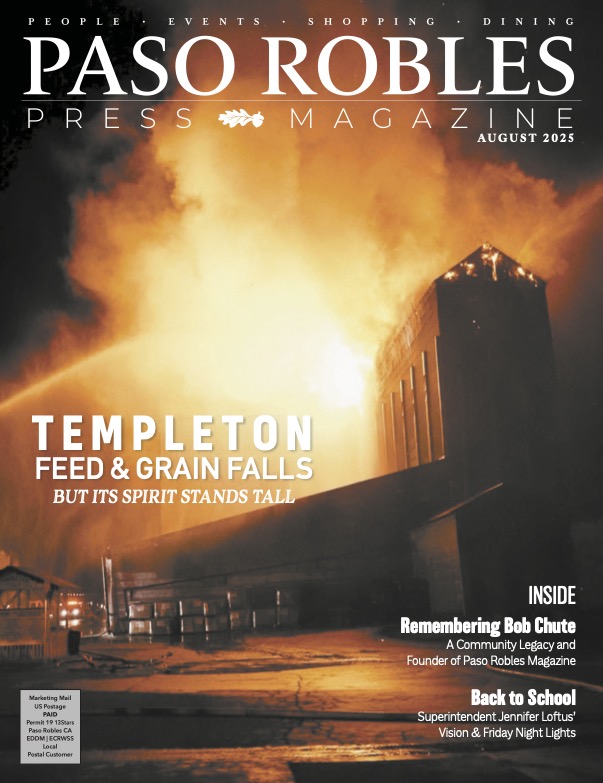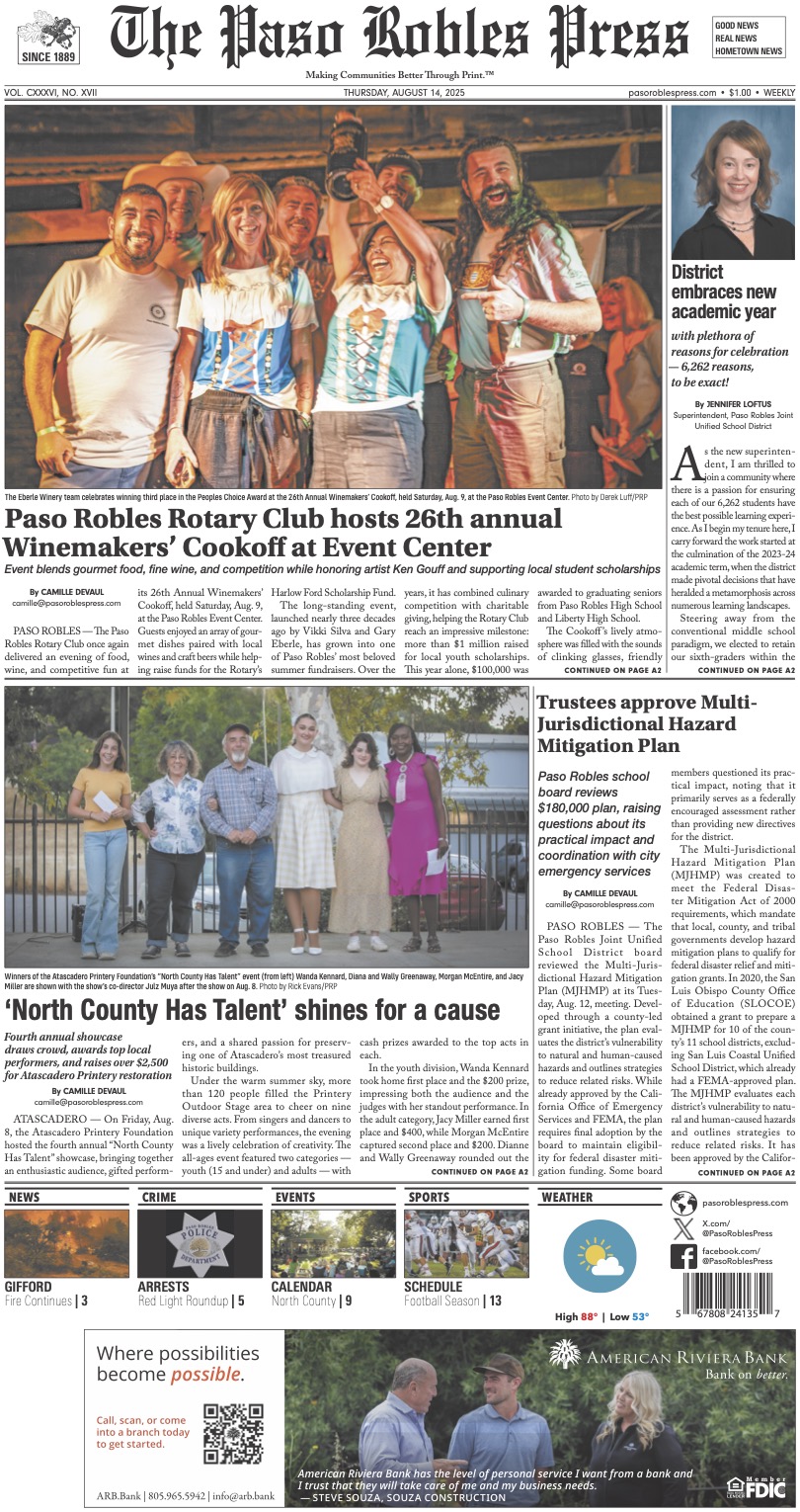Paso Robles and Atascadero officials respond to how the order will affect us locally
CALIFORNIA — A month after the Supreme Court’s ruling in court in the case known as City of Grants Pass v. Johnson, California Gov. Gavin Newsom issued an executive order directing state agencies to “urgently address homeless encampments while respecting the dignity and safety of Californians experiencing homelessness.”
But how exactly does this executive order affect us here in San Luis Obispo County, where addressing homelessness is a frequent topic of discussion?
We spoke with officials in Paso Robles and Atascadero to see how the executive order directly affects the cities and take a look at the essence of what the Grants Pass v. Johnson ruling is.
Grants Pass v. Johnson history
In June, the Supreme Court made a 6-3 decision siding with the City of Grants Pass, Oregon, in a case involving its anti-camping ordinances. In 2018, three homeless people from Grants Pass filed a lawsuit against the city on behalf of its homeless population. They alleged that the city’s ordinances against camping violated the Eighth Amendment’sprohibition on cruel and unusual punishment.
A CBS News article reports that in Grants Pass, “violators face fines starting at $295, and repeat offenders may be banned from a city park for 30 days. If a person violates that order by camping in a park, they are subject to criminal trespass charges, punishable by up to 30 days in jail and a $1,250 fine. According to the city, more than 500 citations were issued from 2013 to 2018 for violations of the anti-camping ordinances.”
At the time, the federal district court blocked Grants Pass from enforcing its public camping ban during nighttime hours and during the daytime unless it gave 24 hours’ notice.
A divided 9th Circuit panel upheld a district court ruling that Grants Pass couldn’t enforce anti-camping ordinances against homeless individuals with no other shelter. The full 9th Circuit declined to rehear the case. The Supreme Court heard arguments in April, with justices suggesting that policy decisions on homelessness should be left to policymakers, not judges. Supreme Court Justice Neil Gorsuch, in his opinion, emphasized that Americans have the right to experiment with various policies to address homelessness without federal judicial interference.
“The Constitution’s Eighth Amendment serves many important functions, but it does not authorize federal judges to wrest those rights and responsibilities from the American people and in their place dictate this nation’s homelessness policy,” Gorsuch wrote.
Within the Supreme Court ruling, the prior Martin v. Boise decision was referenced. This ruling was a 2018 decision by the Court of Appeals for the Ninth Circuit in response to a 2009 lawsuit by six homeless plaintiffs against the city of Boise, Idaho, regarding the city’s anti-camping ordinance saying that cities cannot enforce anti-camping ordinances if they do not have enough homeless shelter beds available for their homeless population.
The Grants Pass appeal noted that following the Martin v. Boise suit, lawsuits against cities like Grants Pass increased.
The decision, in favor of the homeless plaintiffs, had trickled down to other cities and states across the country, including California, which is leading the nation with the highest homeless population. According to the most recent Annual Homelessness Assessment Report to Congress from the U.S. Department of Housing and Urban Development, California is home to 181,399 homeless individuals.
That same report says that on one night in January 2023, at least 653,104 people were experiencing homelessness in the country, more than 12 percent since 2020.
Essentially, with the Martin v. Boise ruling, cities were not permitted to remove any homeless population if they did not have somewhere else to house them, leading to cities changing their ordinances to comply.
But on June 28, the Supreme Court ruled in favor of Grants Pass.
Newsom’s executive order
Nearly a month later, on Thursday, July 25, Newsom issued his executive order directing state agencies to “address homeless encampments while respecting the dignity and safety of Californians experiencing homelessness.” The order also urges local governments to “use substantial funding provided by the state to take similar action.”
Within Newsom’s statement, it says “The state has been hard at work to address this crisis on our streets. There are simply no more excuses. It’s time for everyone to do their part.”
Newsom’s order directs state agencies and departments to adopt policies similar to the California Department of Transportation’s (Caltrans) existing encampment policy. According to the executive order statement, “Since July 2021, California has resolved more than 11,000 encampments, and has removed 248,275 cubic yards of debris from encampments along the state right of way in preparation for Clean California projects.”
The statement adds that Caltrans works with local providers who support those experiencing homelessness to store and remove one’s personal property from the encampment site for at least 60 days.
Newsom’s office also encourages local governments to apply for grant funding from the state. This includes the $3.3 billion available through Proposition 1, which is meant to expand behavioral health services for those experiencing mental health conditions and substance use disorders, especially those who are also homeless.
The local effects
So, locally, how does the Supreme Court’s decision on Grants Pass v. Johnson affect us?
Paso Robles Police Chief Damien Nord explains that people are going to see more of a difference in larger cities like San Francisco rather than Paso Robles when it comes to the new executive order — if their city governments enforce it.
Paso Robles City Manager Ty Lewis explains, “The city has been clearing encampments for years following existing law. We’ve never ignored the encampments. With that said, the city is in the process of revising our codes to reflect changes enacted via the Grants Pass decision.”
Nord adds that the city has kept it a priority to remove large camps in the riverbed and anywhere else there is a danger of fire or contamination of waterways and they have worked within the laws available to do so.
Earlier this year, the city approved its strategic plan to address homelessness.
The 2022 San Luis Obispo County Point in Time Count identified 239 homeless individuals in Paso Robles, 221 of whom were unsheltered.
“Protecting our community, waterways, and open space is a top focus for us. The city also prioritizes compassion and services for the homeless where possible,” Lewis said. “We have a newly minted homeless strategic plan and now we have more enforcement tools to balance the equation. Combining those tools with the funding the City Council provides to ECHO will be cornerstones to future success.”
Atascadero Director of Community Services and Promotions Terrie Banish said the city has already been taking steps to follow Newsom’s executive order.
In October 2023, the City Council adopted Ordinance No. 668, which repeals and replaces Title 5, Chapter 15 (Prohibited Camping) of the Atascadero Municipal Code.
“Overall, the ordinance sets forth standards for camping and sheltering on city rights-of-way and public and private property,” Banish explained. “These standards seek to address public peace, health, and safety issues such as fire risk, unsanitary conditions, and trash; public safety hazards to people camping, businesses, visitors, and community members; and environmental degradation, which have occurred with long-term camping in the city.”
The current ordinance allows the city to lawfully address encampments on public property like city parks.
In response to Newsom’s suggestion to follow Caltrans’ policies for clearing encampments, Banish says the city and Atascadero Police Department (APD) have already been working in that direction. She says that APD actively communicates and coordinates with Caltrans before clearing encampments and with the California Highway Patrol (CHP) when cleaning up encampments along Highway 101.
To help continually address homelessness in Atascadero, APD has developed two teams that work to provide assistance and services to the homeless population: the Community Action Team (CAT), and Outreach for Underrepresented Residents (OUR Team).
“The primary goal of the CAT/OUR teams is to reduce homelessness within the City of Atascadero and respond to and ultimately lower the need for the number of service calls regarding the unhoused population,” Banish explained. “As part of OUR Team, APD contracts with ECHO, the El Camino Homeless Organization, to provide homeless outreach services, case management, and programs within the City in direct coordination and partnership with APD.”
Nord explains that Paso Robles has a similar task force: “Our Community Action Team (CAT) works with a licensed psych tech who works with us part-time, and they contact the homeless community on a daily basis throughout the riverbed.”
The CAT team also works with ECHO to try to make services available to as many people as they can. The end goal, Nord says, is to get people back on their feet.
While the new Supreme Court decision and executive order provide a little more wiggle room when it comes to addressing hazardous encampments, Nord explains that it’s not going to be a “magic pill” to solving homelessness.
“The problem is always going to be we can’t arrest our way out of homelessness,” Nord said.
That’s why, he explains, the PRPD will be working closely with the city in fulfilling the Homeless Strategic Plan and increasing mental health services for substance abuse, and more will be crucial.
Nord added that the entire county has a lack of facilities for mental health services and he hopes to see it improve in the future.
Banish said, “City staff will continue to respond compassionately with a multi-disciplinary team to address the needs of the homeless population with the goal being to connect the unhoused to services and housing.”
Resources:

